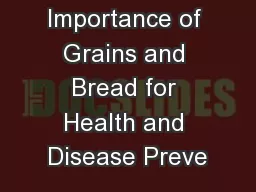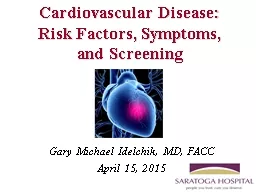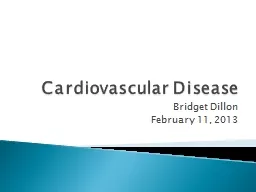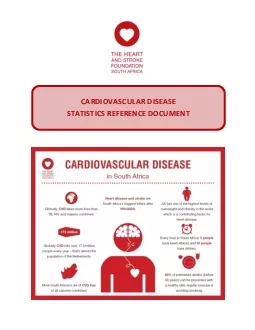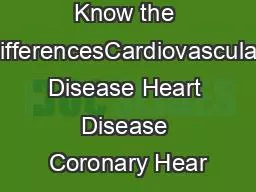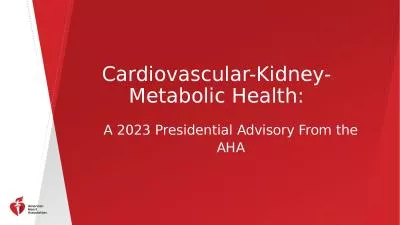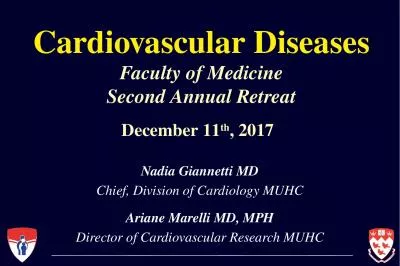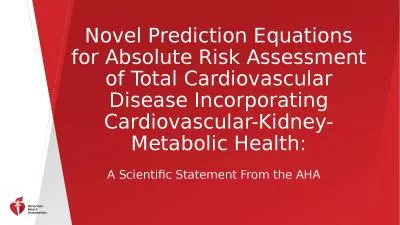PPT-International Collaboration in Cardiovascular Disease Preve
Author : tawny-fly | Published Date : 2017-03-17
AtlantaGA USA AmmanJordan Hebron Palestine July 12 2015 Omar M Lattouf MD PHD FACC FACS Professor of Surgery Emory University Conflict of Interest Statement Speaker
Presentation Embed Code
Download Presentation
Download Presentation The PPT/PDF document "International Collaboration in Cardiovas..." is the property of its rightful owner. Permission is granted to download and print the materials on this website for personal, non-commercial use only, and to display it on your personal computer provided you do not modify the materials and that you retain all copyright notices contained in the materials. By downloading content from our website, you accept the terms of this agreement.
International Collaboration in Cardiovascular Disease Preve: Transcript
Download Rules Of Document
"International Collaboration in Cardiovascular Disease Preve"The content belongs to its owner. You may download and print it for personal use, without modification, and keep all copyright notices. By downloading, you agree to these terms.
Related Documents


